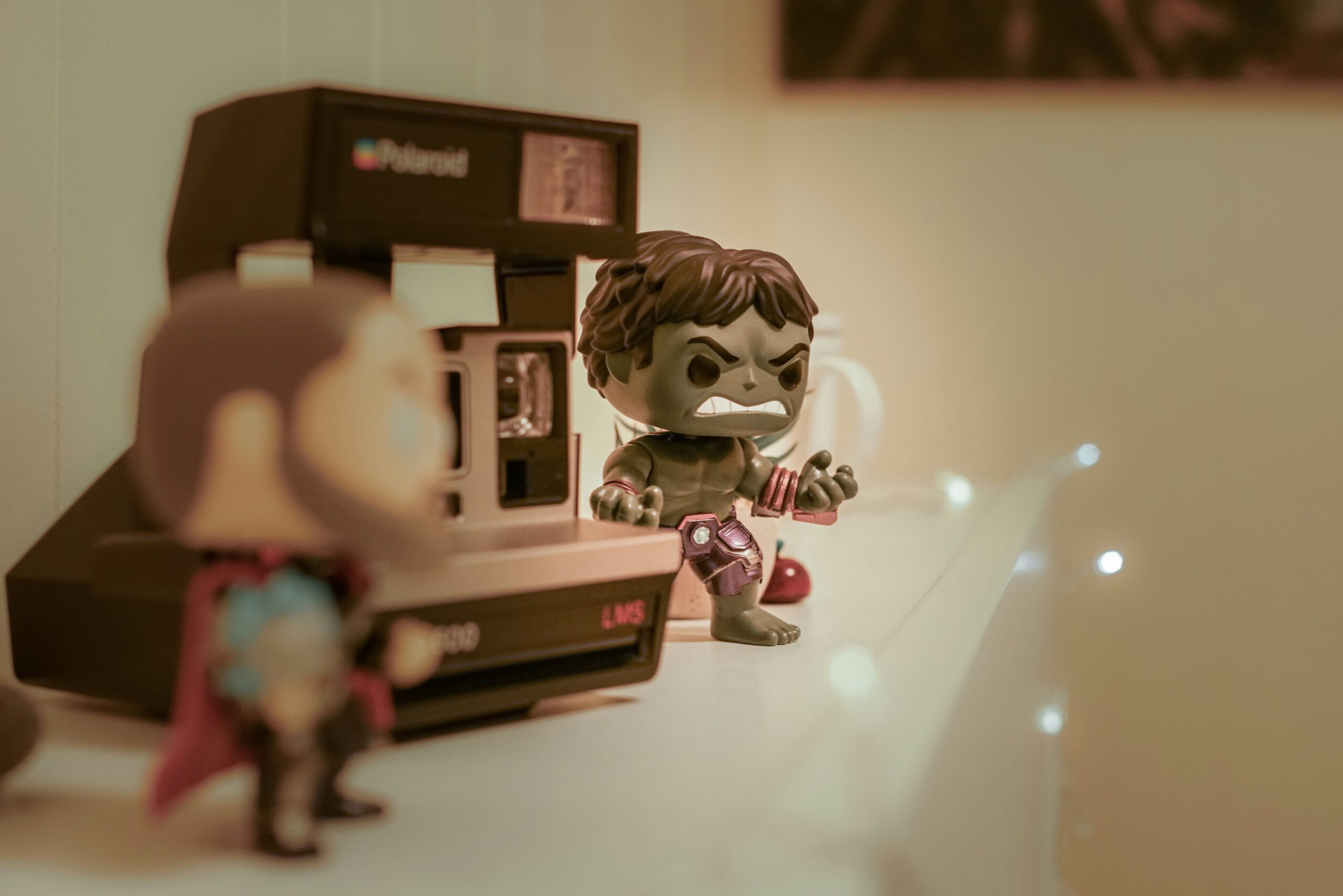Under current US patent law, the concept of “inventorship” plays an important role. As the saying goes, in the US, patents are issued to “inventors,” not to those that may manufacture, market, and sell an invention. Thus, only the “inventor” of an invention can apply for and receive a patent.
In general terms, inventorship is a mental process involving the person (or persons) who conceived the idea of the invention. As one federal court phrased it, “[t]he ‘inventor,’ in patent law, is the person or persons who conceived the patented invention.”CR Bard, Inc. v. M3 Systems, Inc., 157 F. 3d 1340 (Court of Appeals, Federal Circuit 1998). Note that inventorship does NOT involve the process of rendering the mental idea into a physical form. Others can be hired for this process of reducing the invention to practice. But those others are not “inventors” and cannot apply for or obtain a patent.
The legal concept of inventorship has been further refined by the federal courts since the concept of “conceive” is itself somewhat vague. So, what is it to “conceive” an invention? For courts, to “conceive” an invention is to form in the mind of the inventor the idea that is
- Definite
- Permanent
- Complete and
- Operative
In practical terms, courts have expressed this as follows: an inventor has “conceived” of an invention if the inventor can clearly and sufficiently explain the idea so that one skilled in the relevant art or industry could reduce the invention to practice without the exercise of extensive experimentation or the exercise of inventive skill. It is also necessary that the invention conceived actually functions as conceived.
Historically, the legal concept of inventorship was more important than it is today. Prior to the enactment of the American Invents Act in 2012, the US had a patent regime that awarded the patent to the first-inventor-to-invent. Thus, there were numerous lawsuits between competing inventors who each claimed to have been the first to conceive of the invention. However, since about 2012 or so, the US has awarded patents to the first-inventor-to-file. So, while inventorship is still important, it is less so under current law than it was before.
What About Joint Inventors and Co-Inventors?
It is not uncommon for inventions to be jointly conceived by two or more inventors. Thus, it is common for patents to be issued to joint-inventors and co-inventors. With joint inventors and co-inventors, the rule of “conception” remains. Since the “inventor” is the one who “conceives” the invention, then each joint inventor or co-inventor MUST have contributed to the “conceiving” of the invention. The contributions from the joint/co-inventors do not have to be equal contributions, but there must be some contribution from each claimed inventor.
Even if the joint or co-inventors have contributed unequally to the conception of the invention, all joint and co-inventors will fully own and share in the patent.
In practice, the concept of joint and co-inventors is made easier by the fact that most patented inventions contain several distinct claims that “culminate” in the complete patentable invention. To be considered joint and co-inventors, the inventors do not need to have contributed to the conception of each and all claims. Rather, it is sufficient that a joint and/or a co-inventor has conceived of ideas related to one of the claims being made in the patent application.
Contact Revision Legal
For more information or if you have an invention or design that you want to patent, contact the patent lawyers at Revision Legal at 231-714-0100




